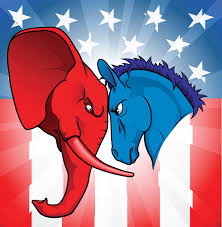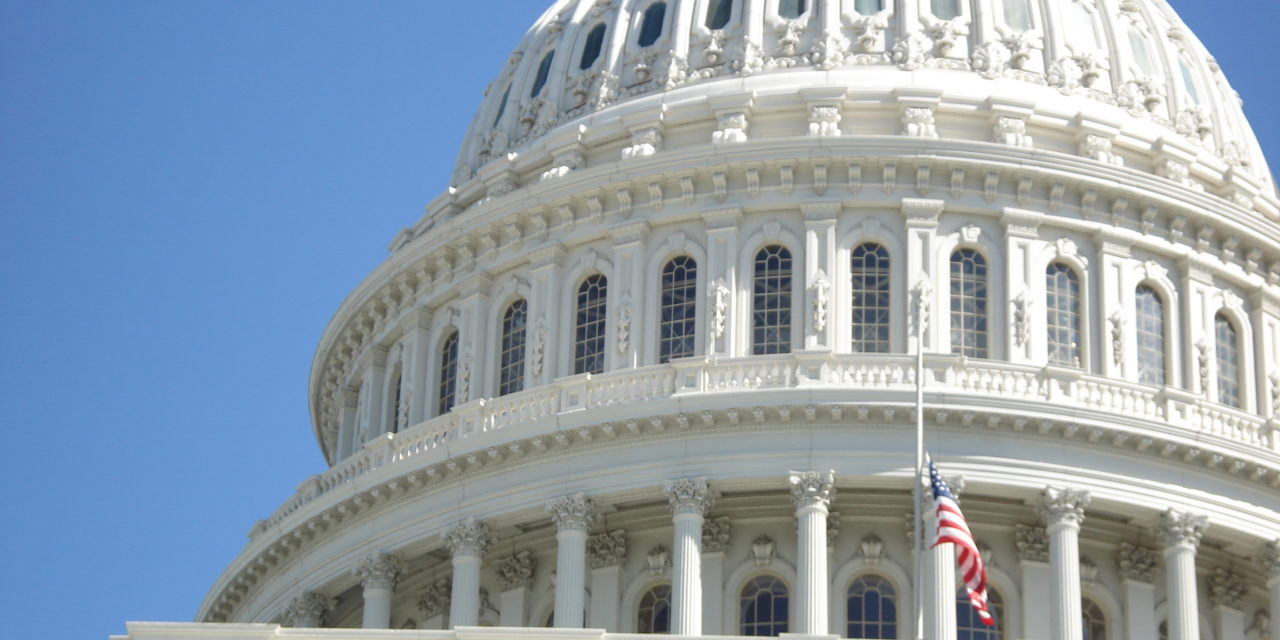As the sharply divided American electorate is portrayed as a polarized 50-50 split between Republicans and Democrats, the truth is that neither party is popular and neither party enjoys anything close to 50 percent loyal support.
More Americans continue to identify as independents than as GOPers or Dems – by a rather wide margin. According to Gallup’s tracking polls, in June only about a quarter of the nation identified as Republicans and about 3 in 10 self-identify as Democrats.
Loyalty to each party has declined for many election cycles, particularly over the past dozen years. Meanwhile, independents hover in the low- to mid-40s as a percentage of the electorate.
Yet, Washington elites continue to claim that independents are few and far between and that their kind amounts to a “mythical swing voter.” Well, the swing voter is alive and well and could play a huge role in the upcoming midterm elections.
A new NBC/Wall Street Journal poll finds that swing voters could potentially determine party control of the House and Senate in November. The same swing voters who handed the White House to Donald Trump — those who disliked both Trump and Hillary Clinton and harbor an aversion to both parties– are now swinging dramatically to the Democrats.
The poll found that on a generic ballot (“Which party will you support for Congress?”) this key constituency favors Dems over the GOP by a 55-25 percent margin. That 30-point advantage, according to NBC, represents a stronger lead than Republicans enjoyed with swing voters during their wave years of 2010 and 2014.
Left and right follow usual rigid playbook

But in Middle America, independents, swing voters, ticket-splitters – they still exist in game-changing numbers.
In Michigan, and especially in all-important Macomb County, fealty to a party platform is shunned by many. After all, over the past four decades, Michigan has seen a partisan shift in governors elected every two or three election cycles — Blanchard/Engler/Granholm/Snyder.
These election results are the product of old-school voters who shun demagoguery and live by the creed: “I vote for the candidate, not the party.”
Skeptics of the substantial independent/moderate/centrist portion of the electorate like to point out that many independent voters actually lean toward one party or the other. But the swings of the past eight years in congressional elections defy the idea that these voters lean in the same direction every two years.
The elite party officials and pundits inside the Washington Beltway remain particularly clueless about independents who hold cross-current views on issues. They favor a mix of pro-Democrat and pro-Republican stances on policies, rather than clinging to one party’s playbook. In that sense, they are much like “cafeteria Catholics” who shun certain aspects of church doctrine.
Mixed views on parties’ stances on issues
The independent, swing voter may be pro-life on abortion and in favor of a $15 minimum wage. She may favor a tough U.S. stance on North Korea, Russia and Syria while also supporting a path to citizenship for illegal immigrants. He may back the preservation of Obamacare for those with pre-existing conditions and, at the same time, oppose strict gun control measures.
Most of these middle voters are far from generic and cannot be easily labeled.
Another key consideration revolves around research that indicates middle-of-the-road voters routinely display discomfort with single-party control of the Oval Office and Capitol Hill. They prefer divided government, with the House and/or Senate keeping a check on the president.
In November, this political inclination will be especially evident in the key battlegrounds consisting of 37 swing districts in the House. These involve the 25 House Republicans who won reelection in 2016 despite Clinton carrying their district, plus 12 Democrats who won races in districts that voted for Trump.
Thirty-seven doesn’t sound like much. Except that flipping 23 seats will mean Republicans lose control of the House.
Swing voters: It’s in your hands.










